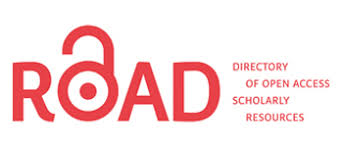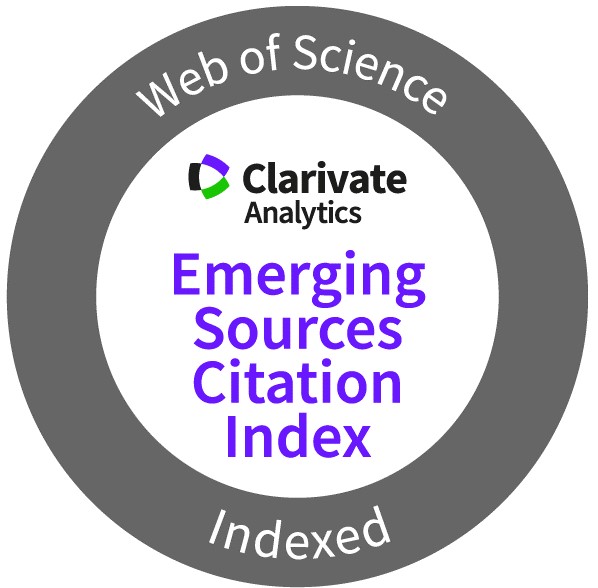TÉCNICAS DE VALORACIÓN DE LA ACTIVIDAD FÍSICA
Resumen
Alcanzar un estilo de vida activo produce tanto beneficios individuales como comunitarios. Llevar a cabo mediciones de calidad de la actividad física es crucial para mejorar las estimaciones en estudios de prevalencia, llegar a conclusiones correctas en los estudios de intervención, y contar con información confiable en la cual basar iniciativas políticas.
Si bien la actividad física cuenta con elementos cuantificables, como ser los movimientos corporales y el gasto energético de los músculos esqueléticos, estos elementos a su vez tienen múltiples dimensiones, lo que dificulta condensarlos en una única medida. Ninguna técnica permite valorar todas las dimensiones de la actividad física, por lo que en la selección de una técnica, además de la validez y practicidad de la misma, deberíamos considerar su costo, las características del investigado, las características del investigador o grupo de trabajo, el tamaño del estudio, y la dimensión o dimensiones de la actividad física involucrada en el problema de investigación.
La medición de la actividad física es un tema no resuelto de manera satisfactoria, y
sigue siendo un desafío para la ciencia y la tecnología encontrar una técnica
completa para llevarla a cabo. Por hoy parece ser que sólo una combinación de
monitores funcionando simultáneamente ofrecería la mejor estimación de la
actividad física y sus dimensiones.
Publicado
Cómo citar
Número
Sección
Los autores que publican en esta revista están de acuerdo con los siguientes términos:
- Los autores conservan los derechos de autor y garantizan a la revista el derecho de ser la primera publicación del trabajo al igual que licenciado bajo una Creative Commons Attribution License que permite a otros compartir el trabajo con un reconocimiento de la autoría del trabajo y la publicación inicial en esta revista.
- Los autores pueden establecer por separado acuerdos adicionales para la distribución no exclusiva de la versión de la obra publicada en la revista (por ejemplo, situarlo en un repositorio institucional o publicarlo en un libro), con un reconocimiento de su publicación inicial en esta revista.
- Se permite y se anima a los autores a difundir sus trabajos electrónicamente (por ejemplo, en repositorios institucionales o en su propio sitio web) antes y durante el proceso de envío, ya que puede dar lugar a intercambios productivos, así como a una citación más temprana y mayor de los trabajos publicados (Véase The Effect of Open Access) (en inglés).










